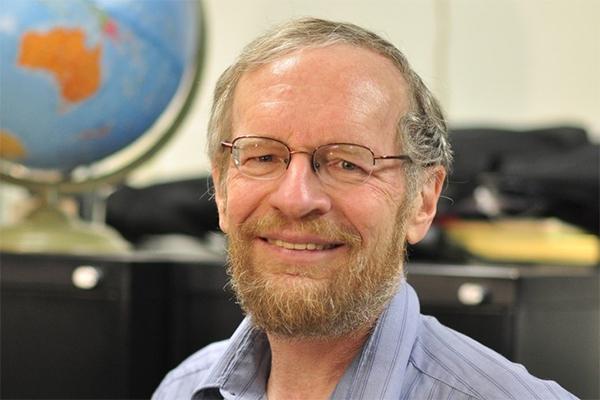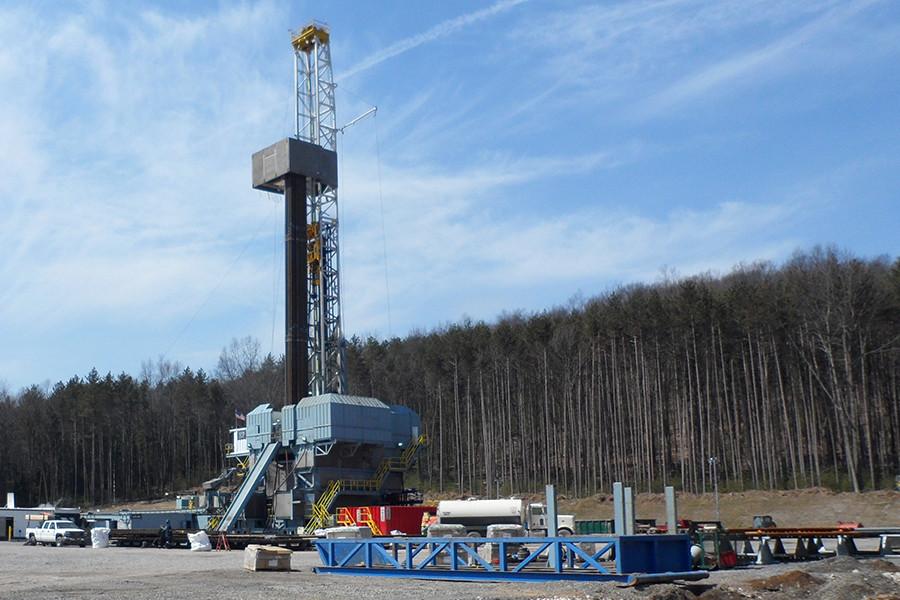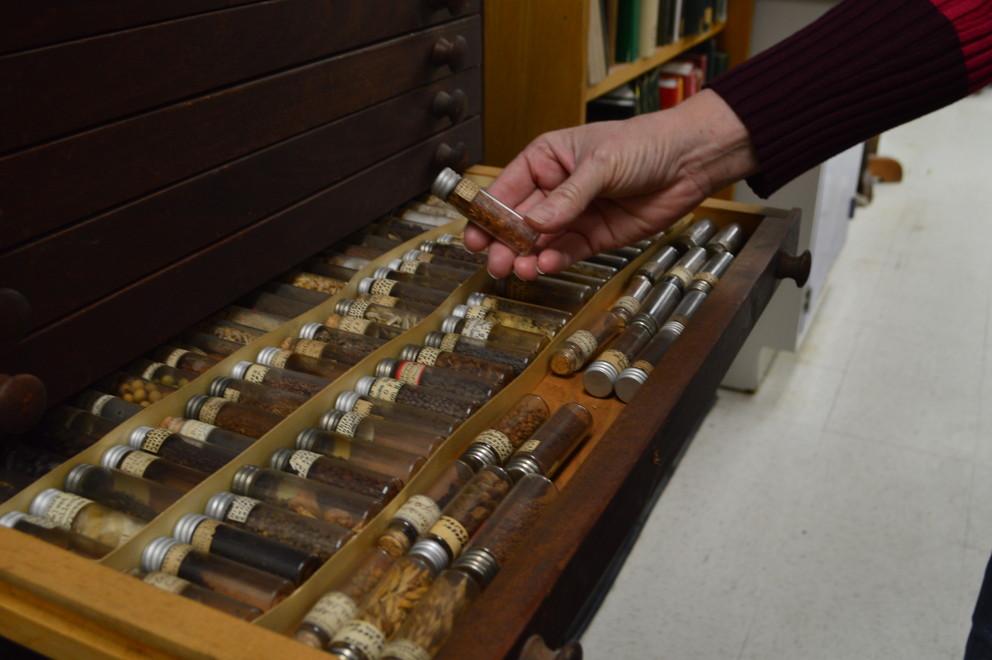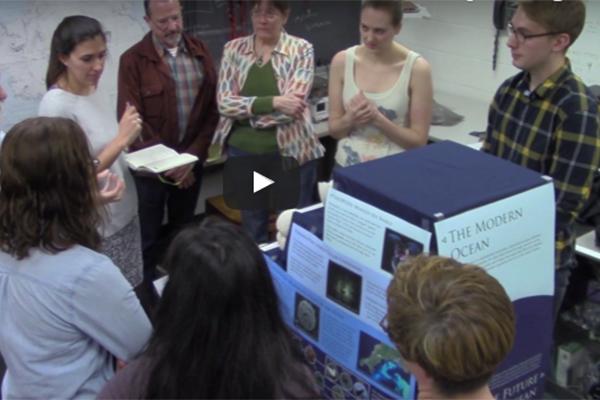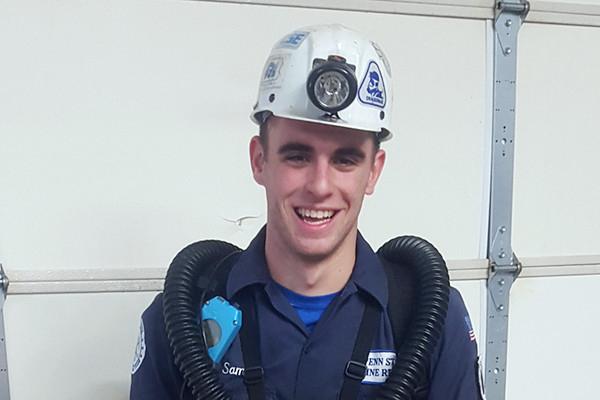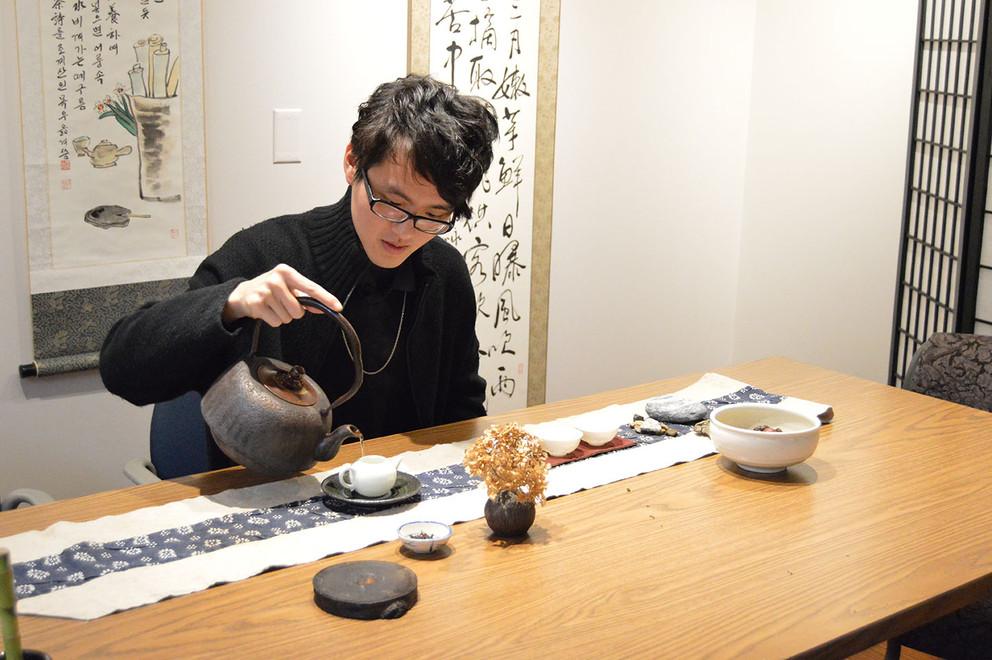Richard Alley, Evan Pugh University Professor of Geosciences and associate of the Earth and Environmental Systems Institute at Penn State, will receive the 2017 Wollaston Medal.
The findings of studies on how the values of residential property near shale gas/oil extraction sites have changed will be the topic of a web-based seminar to be presented by Penn State Extension.
Ever wonder how you can identify a plant you’ve found in your yard or while conducting fieldwork? What about determining how plants in a particular location have adapted over time due to climate change? You can get help at the PAC (Pennsylvania Agricultural College) Herbarium, a kind of museum for plants.
Geosciences graduate students worked to create a new exhibit in the EMS Museum & Art Gallery. The exhibit focused on several students' research and employs numerous hands-on activities to create an interactive exhibit.
Whether you’re reading this on your cellphone, tablet or desktop computer, Sam Baker wants you to know one thing: It’s made almost entirely from materials mined from the ground. Baker, a senior majoring in mining engineering, has championed a cause of informing people about the benefit — and necessity — of mining.
For Zongjun Li, a junior majoring in geography at Penn State, the chance to explore real-life opportunities with his degree is what drives him as an undergraduate student.
Policelli, a propulsion development engineer for SpaceX, a private aerospace manufacturer and space transport services company, uses his background in engineering to work on SpaceX’s Merlin engine.
The Penn State Cyber-Laboratory for Astronomy, Materials, and Physics (CyberLAMP) is acquiring a high-performance computer cluster that will facilitate interdisciplinary research and training in cyberscience and is funded by a grant from the National Science Foundation.
The Alliance for Education, Science, Engineering and Development in Africa (AESEDA) and the Department of African American Studies at Penn State are sponsoring the Black History Month PSU Scholar’s Program.
A novel air quality model will help air quality forecasters predict surface ozone levels up to 48-hours in advance and with fewer resources, according to a team of meteorologists.


